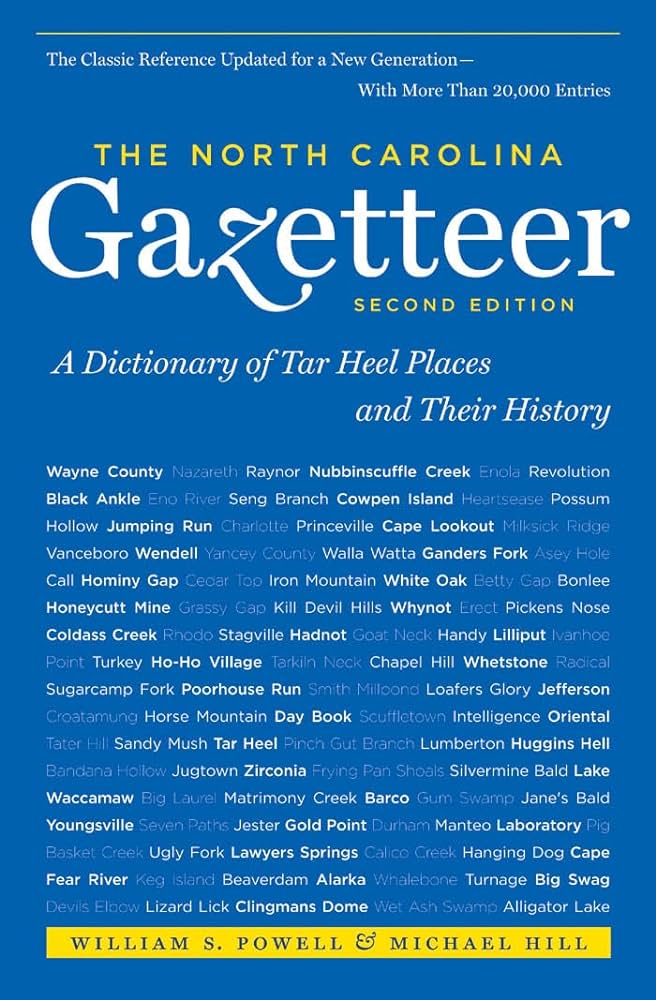|
Guilford County
|
was formed in 1771 from Rowan and Orange Counties. Located in the N central section of the state, it is bounded by Alamance, Randolph, Davidson, Forsyth, and Rockingham Counties. It was named for Francis North, first Earl of Guilford (1704-90), member of Parliament and intimate personal friend of George III and Queen Charlotte. Area: 652 sq. mi. County seat: Greensboro, with an elevation of 838 ft. Townships are Bruce, Center Grove, Clay, Deep River, Fentress, Friendship, Gilmer, Greene, High Point, Jamestown, Jefferson, Madison, Monroe, Morehead, Oak Ridge, Rock Creek, Sumner, and Washington. Produces tobacco, corn, wheat, oats, barley, rye, sorghum, poultry, eggs, dairy products, livestock, hogs, horses, greenhouse products, flowers, textiles, paper boxes, strawberries, soybeans, fabricated metals, aircraft parts, cigarettes, electronics, appliances, pharmaceuticals, toys, lumber, chemicals, and corrugated boxes.
|
